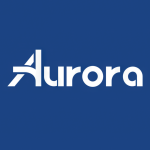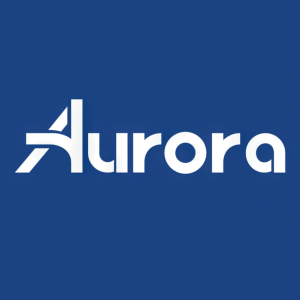Welcome to our dedicated page for Aurora Innovation SEC filings (Ticker: AUR), a comprehensive resource for investors and traders seeking official regulatory documents including 10-K annual reports, 10-Q quarterly earnings, 8-K material events, and insider trading forms.
Finding Aurora Innovation鈥檚 R&D spend on lidar sensors, cash runway for the Aurora Driver, or safety incident data often means digging through hundreds of pages of dense disclosures. Aurora鈥檚 10-K alone details complex accounting for pre-revenue operations and partnership agreements that can overwhelm even seasoned analysts.
Stock Titan solves that problem. Our AI parses every Aurora Innovation quarterly earnings report 10-Q filing, flags key metrics, and delivers plain-English summaries. Form 4 insider transactions appear in real time, so you can track executive stock moves the moment they hit EDGAR. Need the latest 8-K material events explained? Our engine highlights why each announcement matters and how it might affect the autonomous trucking roadmap.
Here鈥檚 what you can do on this page:
- Monitor Aurora Innovation insider trading Form 4 transactions and receive alerts for Aurora Innovation Form 4 insider transactions real-time
- Read an Aurora Innovation annual report 10-K simplified with AI-generated section-by-section commentary
- Dive into each Aurora Innovation quarterly earnings report 10-Q filing to compare R&D spend versus previous quarters
- Access the Aurora Innovation proxy statement executive compensation to see how pay aligns with autonomy milestones
- Get concise briefs on every Aurora Innovation 8-K material events explained鈥攆rom new OEM partnerships to safety updates
Whether you鈥檙e evaluating cash burn, studying revenue projections for Aurora Horizon, or seeking understanding Aurora Innovation SEC documents with AI, Stock Titan provides the clarity. Save hours with AI-powered summaries, complete filing coverage, and expert context鈥攕o you focus on decisions, not document mining.
Fisher Ossa, an officer and director of Aurora Innovation, Inc. (AUR), reported a transaction on 08/20/2025 in which 59,535 shares of Class A common stock were disposed of at $5.98 per share. The filing explains these shares were withheld by the issuer to satisfy tax withholding for quarterly vesting of Restricted Stock Units granted on March 8, 2023 (49,188 shares withheld), March 8, 2024 (3,514 shares withheld), and March 24, 2025 (6,833 shares withheld). After the reported disposition, the reporting person beneficially owned 1,912,097 shares of Class A common stock. The Form 4 was signed by an attorney-in-fact on behalf of Fisher Ossa on 08/21/2025.
David Maday, Chief Financial Officer of Aurora Innovation, Inc. (AUR), reported a reported disposition of 51,530 shares of Class A common stock on 08/20/2025 at a price of $5.98 per share. The filing states these shares were withheld by the issuer to satisfy tax withholding obligations arising from quarterly vesting of restricted stock units granted on March 15, 2022; June 14, 2023; March 8, 2024; and March 24, 2025, with a detailed per-grant withholding breakdown included in the form. After the transaction, the reporting person beneficially owned 1,603,956 shares of Class A common stock. The Form 4 was signed by an attorney-in-fact on 08/21/2025.
Reporting person: John J. Donahoe, Director of Aurora Innovation, Inc. (AUR), c/o Aurora Innovation, Inc., Pittsburgh, PA.
Transactions (filed on Form 4): On 08/06/2025 the Donahoe Living Trust purchased 162,337 shares of Class A Common Stock of Aurora at a weighted average price of $6.0951; execution occurred in multiple trades at prices ranging from $6.02 to $6.17. The filing also reports a disposition of 63,750 shares (listed as "D" in the table) with no date or price specified. The reporting person is a trustee and settlor of the Trust and "may be deemed" a beneficial owner of the Trust-held shares. Form signed by attorney-in-fact Yijun Han on 08/07/2025.


